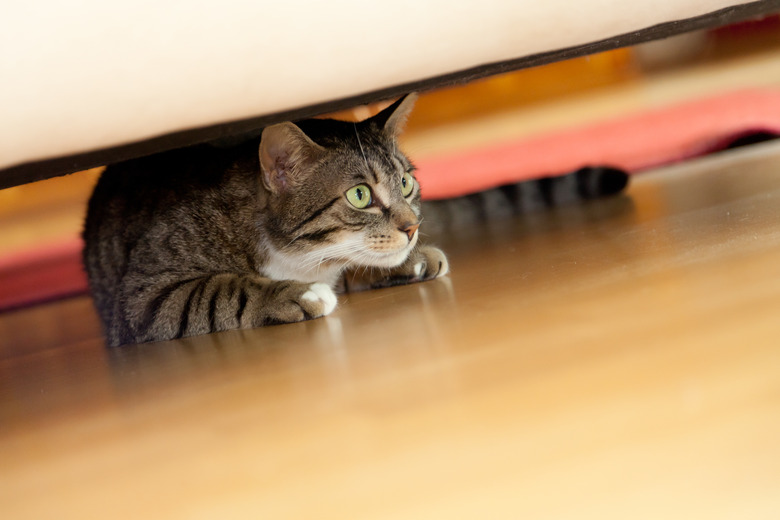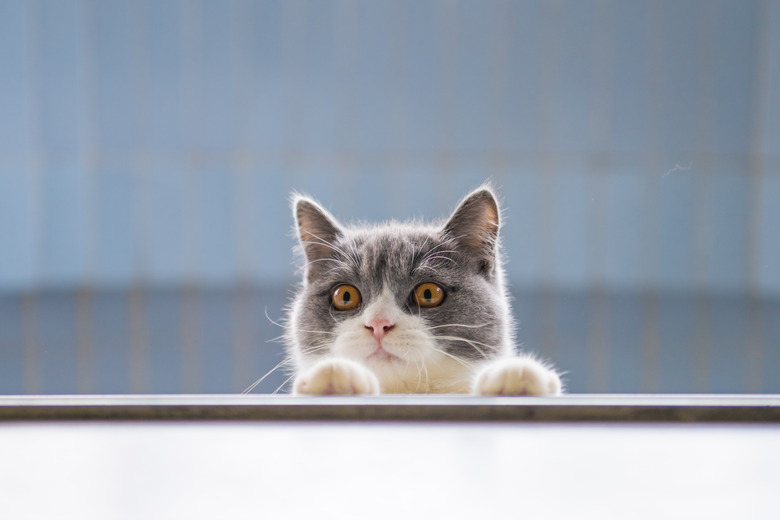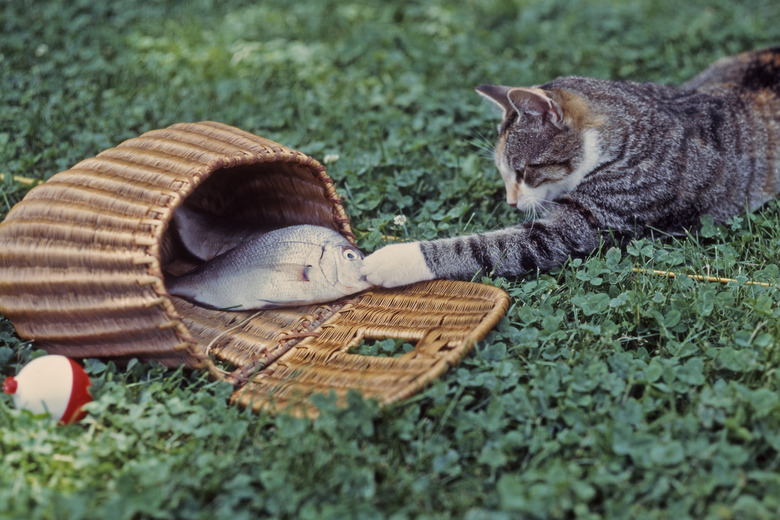Do Cats Understand Object Permanence?
When it comes to studying animal cognition, cats seem to be among the least researched of our domesticated species. We know that dogs can do it on some occasions, but measuring whether cats can understand object permanence, or, the ability to comprehend that something still exists even when it is out of sight, is one such area science has little information about. There have, however, been some developments on the matter, much of which suggests that cats can understand object permanence some of the time.
Object permanence in humans
Object permanence in humans
Object permanence is not something that anyone, no matter the species, is born with. Instead, the capacity to understand that just because you don't see it doesn't mean it has ceased to exist is believed by developmental psychologist Jean Piaget to begin during the sensorimotor stage of infant development, according to Simply Psychology. Piaget asserted that human babies develop object permanence by nine months, while researchers such as Renee Baillargeon believe it is present much earlier, at around months three or four. Whenever it begins, object permanence is considered an essential concept in the healthy human cognitive development.
Object permanence in cats
Object permanence in cats
Some experts believe that object permanence can certainly be measured in cats. You've probably witnessed the behavior yourself when your cat bats a toy under a couch or door and sits there patiently awaiting its return. In fact, research has shown that cats solve tests designed to solve object permanence with ease, and have searched for items hidden in containers or behind certain surfaces in an effort to find them, even though they cannot be seen. Why would a cat need object permanence? Researchers believe that this serves as an invaluable function when operating as solitary hunters in the wild — if, say, a rat hides inside of a storm drain or under a playset, for example, object permanence would help a cat remember where she last saw her prey. Because cats don't hunt in packs, this cognitive function can help felines meet their needs without the help of additional cats.
A cat's ability to understand object permanence doesn't stop at "I know that toy mouse is still under the couch." Research has also shown that, if you were to move the mouse from under the couch without letting your cat see you and showed him that it wasn't there, he may be able to figure out where it would move to next. Scientific American cited a study that involved measuring cats for object permanence. Once they displayed that they did remember that the item in question was still where it was hidden, researchers went one step further to see what would happen. In this case, food was placed inside a container and hidden behind a screen. Next, the researcher removed the food without allowing the cat to see and then showed the cat the empty container. Some cats then reasoned that, if the food isn't in the container but was last seen behind the screen, that it must still be behind the screen, and proceeded to investigate.
Testing your cat
Testing your cat
If you want to test your cat's intelligence my measuring object permanence, or if you just want to watch her display the behaviors, you can conduct a simple test of your own, with suggestions from wikiHow. First, decide on an object, taking care to select one that your cat cares about and will show interest in. Next, hide the object under or behind an obstruction so that it's hidden from view, but make sure that your cat can see where the object is going. Then, observe your cat and see what she does. Many cats will attempt to retrieve the object, or simply wait in the last place they spotted it, in case it reappears. When testing your cat, be sure to choose a time when she's in a good, playful mood, and get her interested in the object before you hide it, for the best results.


